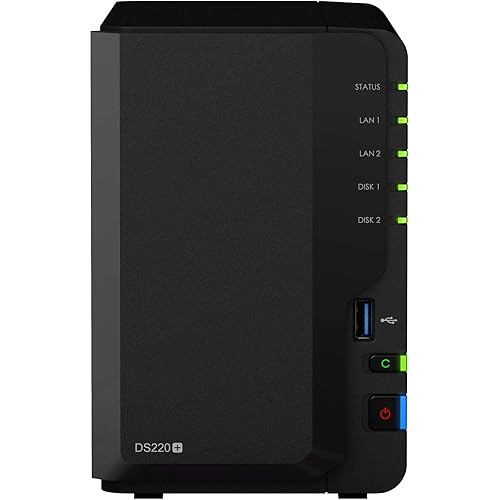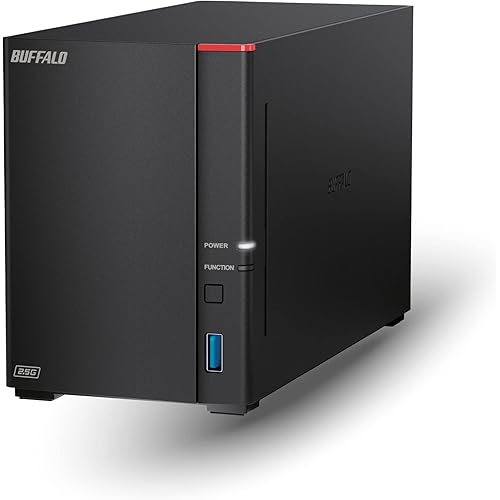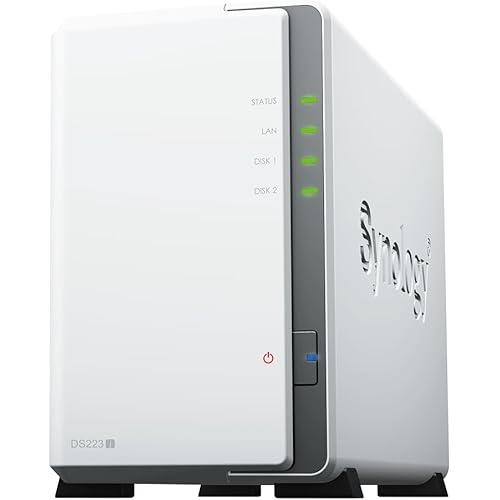QNAP TR-004 4 Bay USB Type-C Direct Attached Storage (DAS) with hardware RAID (Diskless)








Buy Now, Pay Later
- – 6-month term
- – No impact on credit
- – Instant approval decision
- – Secure and straightforward checkout
Ready to go? Add this product to your cart and select a plan during checkout.
Payment plans are offered through our trusted finance partners Klarna, Affirm, Afterpay, Apple Pay, and PayTomorrow. No-credit-needed leasing options through Acima may also be available at checkout.
Learn more about financing & leasing here.
Selected Option
30-day refund/replacement
To qualify for a full refund, items must be returned in their original, unused condition. If an item is returned in a used, damaged, or materially different state, you may be granted a partial refund.
To initiate a return, please visit our Returns Center.
View our full returns policy here.
Capacity: 4 Bay
Style: Diskless
Features
- Direct-attached storage device via USB Type-C for Windows, macOS and Linux
- Use the TR-004 as external storage for NAS backup
- Expand the capacity of your QNAP NAS
- 4 x 3.5-inch SATA 3Gb/s (Diskless)
- Hardware RAID supports RAID 0, 1, 5, JBOD, and individual disks
- Includes a USB Type-C to Type-A connector cable
- Lockable drive Bays. NOTE : The TR-004 does not support the following: the TS-128, TS-228, TS-131, TS-231, TS-431, TS-431U, and NAS models that cannot be updated to QTS 4.3.6 (or later). The TR-004 can only be used as an individual storage pool or volume on the NAS. Its storage pool/volume cannot be combined into the connected NAS. NAS applications cannot be installed on the TR-004. Drives can only be migrated from one TR-004 to another TR-004. The files and data stored on drives moved to/from a NAS (or another device) will not be recognized.
Description
The product is multiple voltage compatible, that voltage arrange is 100-240V
Brand: QNAP
Color: Diskless
Product Dimensions: 8.62"D x 6.31"W x 6.63"H
Size: 4 Bay
Material: Metal
Hard Drive: DAS (comes unpopulated)
Brand: QNAP
Item model number: TR-004
Hardware Platform: Mac
Item Weight: 4.08 pounds
Product Dimensions: 8.62 x 6.31 x 6.63 inches
Item Dimensions LxWxH: 8.62 x 6.31 x 6.63 inches
Color: Diskless
Hard Drive Interface: Serial ATA
Manufacturer: QNAP
Country of Origin: Taiwan
Is Discontinued By Manufacturer: No
Date First Available: November 1, 2018
Frequently asked questions
To initiate a return, please visit our Returns Center.
View our full returns policy here.
- Klarna Financing
- Affirm Pay in 4
- Affirm Financing
- Afterpay Financing
- PayTomorrow Financing
- Financing through Apple Pay
Learn more about financing & leasing here.
Similar Products
Top Amazon Reviews






















